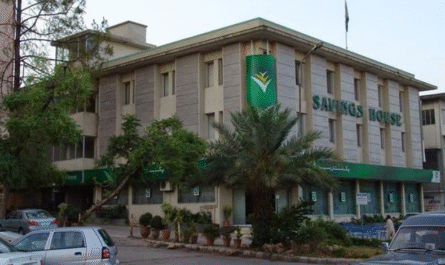In a recent statement that sparked widespread discussion, Pakistan’s Secretary Power Division revealed that nearly 60% of the country’s population is receiving electricity at an average rate of Rs. 10 per unit. This claim comes amid growing public concern over rising energy costs and frequent power outages across the nation.
A Surprising Revelation Amid Power Woes
The Secretary Power’s assertion appears to contradict the lived experience of many Pakistanis who have been voicing frustration over high electricity bills, especially during the sweltering summer months. However, officials clarified that this subsidized rate applies to consumers who fall within certain usage thresholds, particularly lifeline users and low-consumption households.
Who Benefits from Rs. 10 Per Unit?
According to the breakdown provided by the ministry:
- Lifeline consumers (those using up to 50 units/month) are charged minimal rates.
- Protected consumers (who use up to 200 units/month) also enjoy subsidized tariffs.
- These two groups combined represent a significant portion of residential electricity users, hence the 60% figure.
The government continues to subsidize this segment as part of its social protection strategy, aiming to shield low-income families from the full brunt of rising energy costs due to inflation, fuel price adjustments, and circular debt challenges.
Secretary Power Claims Almost 60% Pakistanis Get Electricity at Rs. 10 Per Unit.
Public Reaction and Skepticism
Despite the figures, many citizens remain skeptical. Social media platforms are filled with complaints about inflated bills and unexpected tariff hikes. For middle- and upper-tier users — especially those consuming above 300 units/month — electricity rates can soar above Rs. 35 per unit when including taxes, fuel price adjustments, and other charges.
The Broader Energy Picture
Pakistan’s power sector is under immense pressure due to:
- Massive circular debt, exceeding Rs. 2.6 trillion.
- High capacity payments to independent power producers (IPPs).
- Transmission and distribution losses, especially in high-theft regions.
- Fuel price volatility in global markets.
To address these challenges, the government has been gradually reducing subsidies and shifting toward cost-reflective tariffs, which has led to a growing burden on middle-class and commercial consumers.
What Lies Ahead?
While the claim that 60% of Pakistanis are paying just Rs. 10 per unit may be technically accurate under current subsidy policies, it highlights the stark divide in energy affordability. It also underscores the need for structural reforms in power generation, billing transparency, and efficiency improvements.
As the government negotiates with the IMF and attempts to balance economic recovery with public welfare, electricity pricing will remain a contentious and politically sensitive issue.
Conclusion:
The Secretary Power’s statement sheds light on the complex structure of electricity tariffs in Pakistan. While many lower-income households benefit from subsidies, a significant portion of the population continues to bear the cost of inefficiencies in the power sector. Transparency, accountability, and long-term energy reforms are crucial to ensuring fair access to electricity for all Pakistanis.



